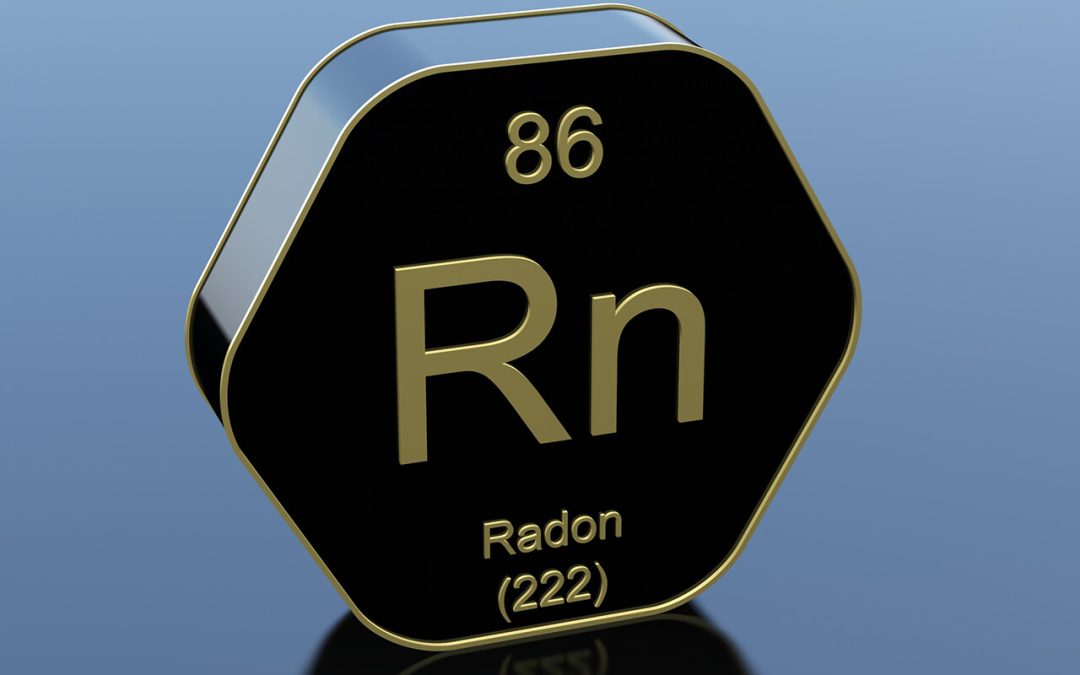After performing a home inspection, your home may seem fine. However, there may be an underlying issue that’s not noticeable without a test: radon. While radon is present in small quantities in the air we breathe, it can cause serious health problems if it builds up to high levels indoors. Here are some important things to know about radon in the home.
What is Radon?
Radon is a naturally-occurring radioactive gas. It’s formed when radioactive elements such as uranium and thorium break down underground. As these elements decay, they release radon gas which eventually makes its way into the air we breathe.
What are the Dangers of Radon?
Radon harmlessly disperses in the air outdoors. However, if left unchecked, radon in the home can build up to high concentrations and cause severe health problems like lung cancer. In fact, it’s the second leading cause of the disease after smoking. According to the EPA, roughly 21,000 people die annually from radon-related lung cancer.
How Does Radon Get into the Home?
Since radon is present in the soil, it’s likely underneath your home’s foundation. Radon can get into your home through cracks in the foundation, walls, floors, or other openings. While uncommon, it can also get in through your home’s water supply.
How to Detect Radon in the Home
Because it’s colorless and odorless, radon in the home is undetectable by sight or smell. Radon testing is the only sure way to determine radon levels. DIY home test kits are generally unreliable, so it’s best to hire a radon testing professional to test your home for radon. You’ll get more accurate results and it will also save you the hassle of having to perform the test yourself.
How to Reduce Radon Levels
If a radon test reveals that the levels in your home are high, look into radon mitigation measures. While it isn’t possible to eliminate radon, mitigation systems can reduce radon levels by up to 99 percent making them a great solution.
Radon mitigation involves sealing the areas where radon can get into the home, such as cracks in the foundation, walls, floors, or other openings. It may also involve installing a vent pipe system and fan, which draws radon from below the home and expels it outside.
What Happens After Radon Testing?
After a professional radon test establishes your home is safe from radon, consider installing radon detectors in your home. Like smoke detectors, they’ll warn you if radon levels rise above normal so you can take action to resolve the problem before it worsens.
Additionally, as a rule of thumb, the CDC recommends retesting your home after remodeling and every two years to confirm that radon levels remain low.
Radon in the home is a threat to your family’s health. If you haven’t tested your home for radon in awhile, or you’re moving into a new home, hire a professional home inspector to perform a radon test.
Checkpoint Home Inspections offers home inspections and professional radon testing to the North Oregon coast. Contact us to book your appointment.

